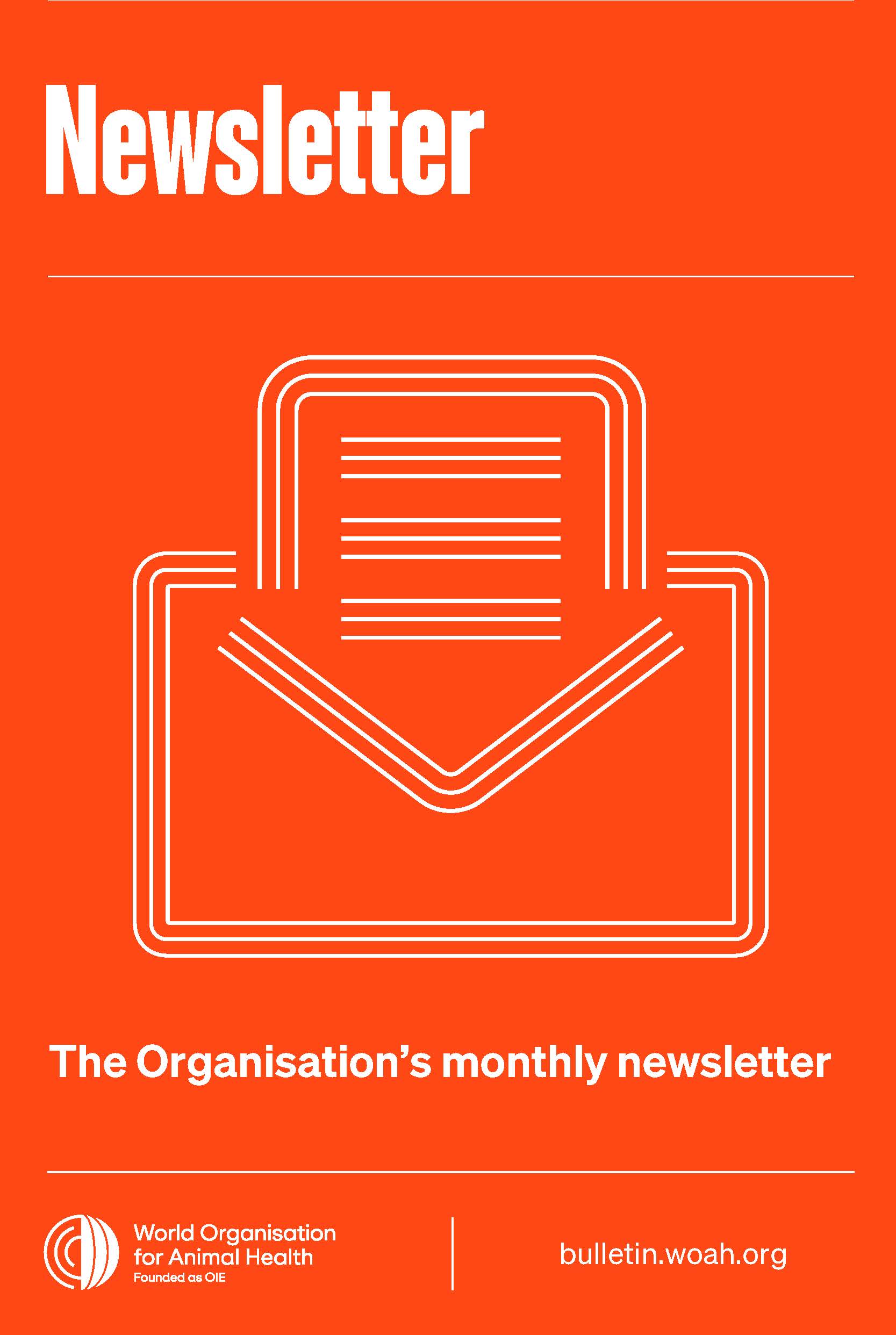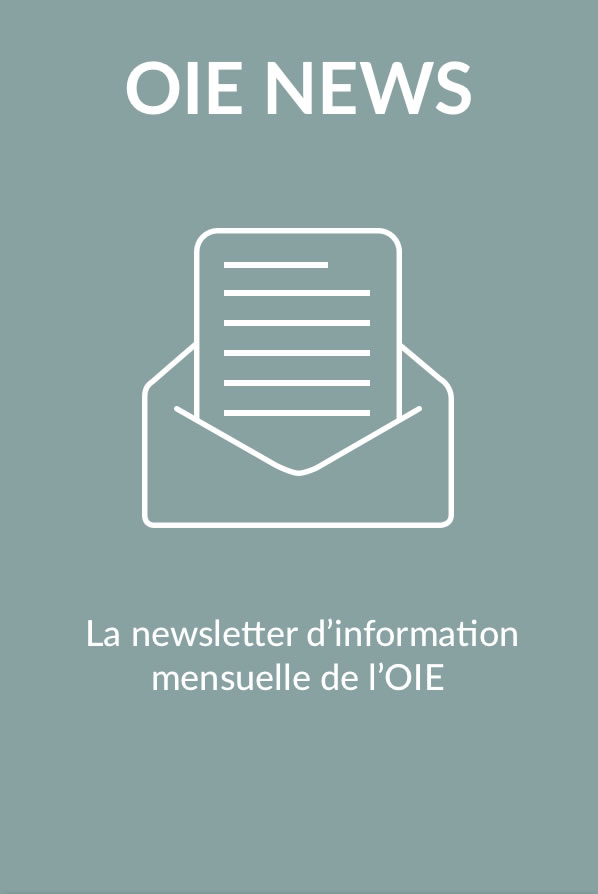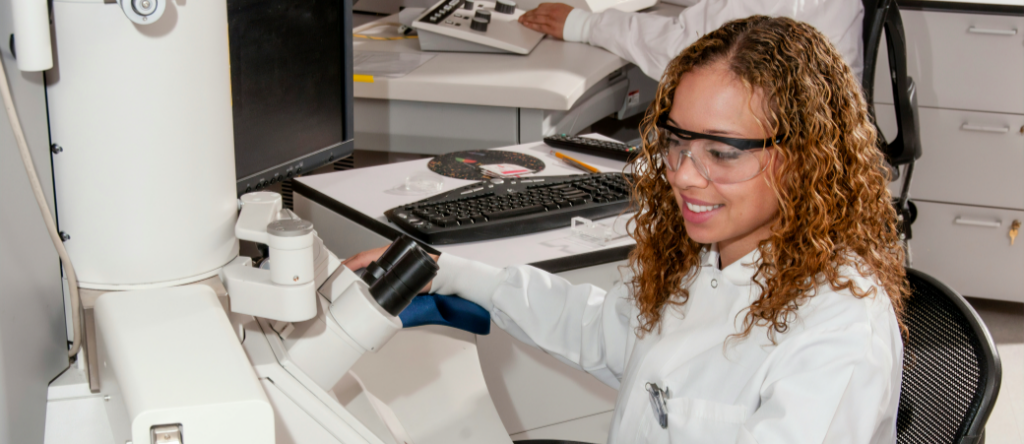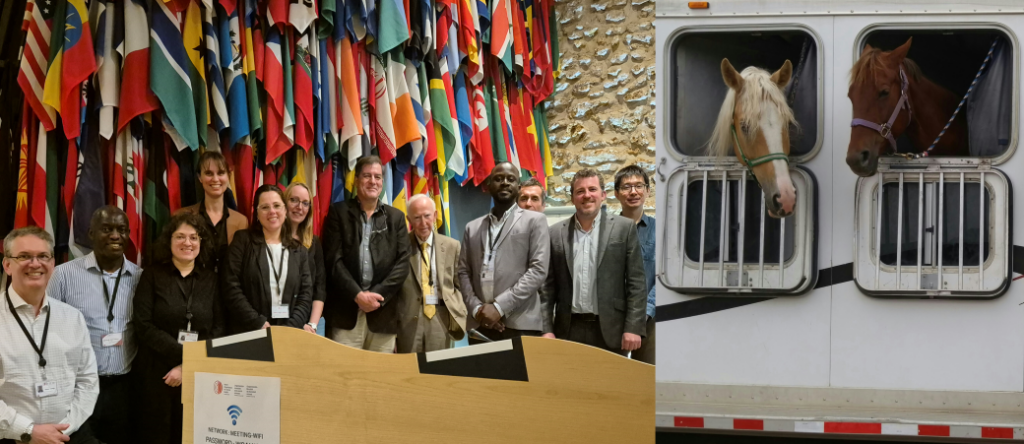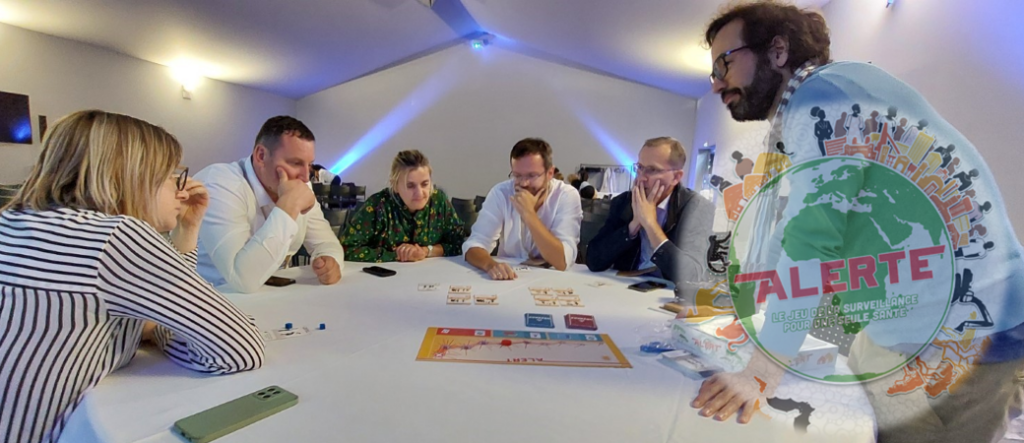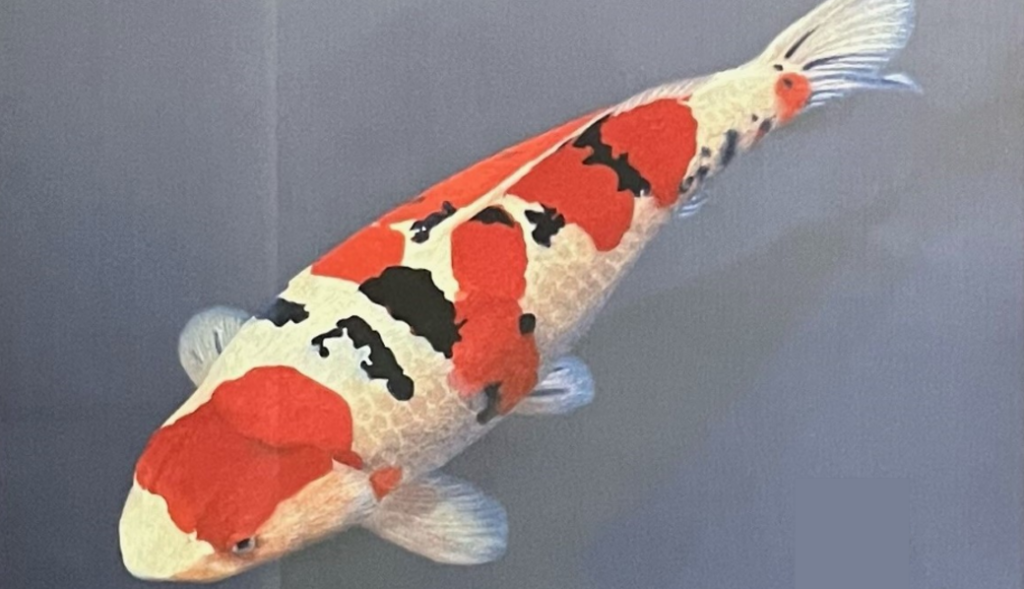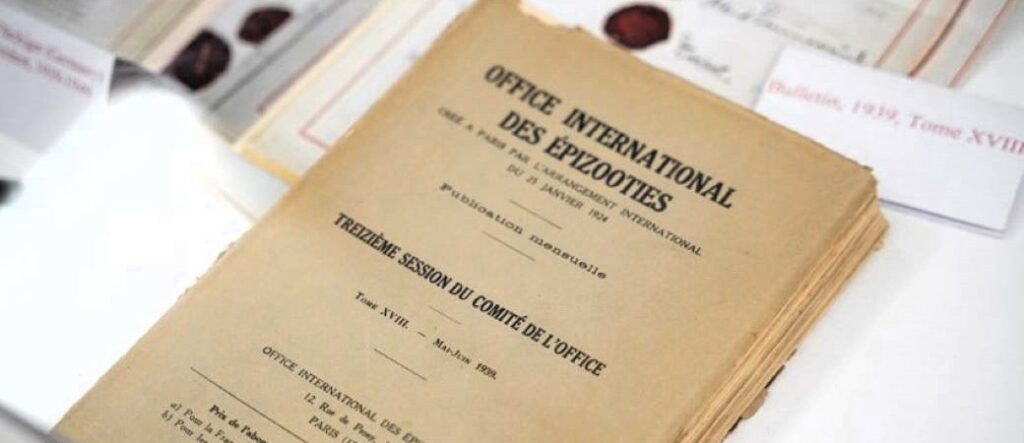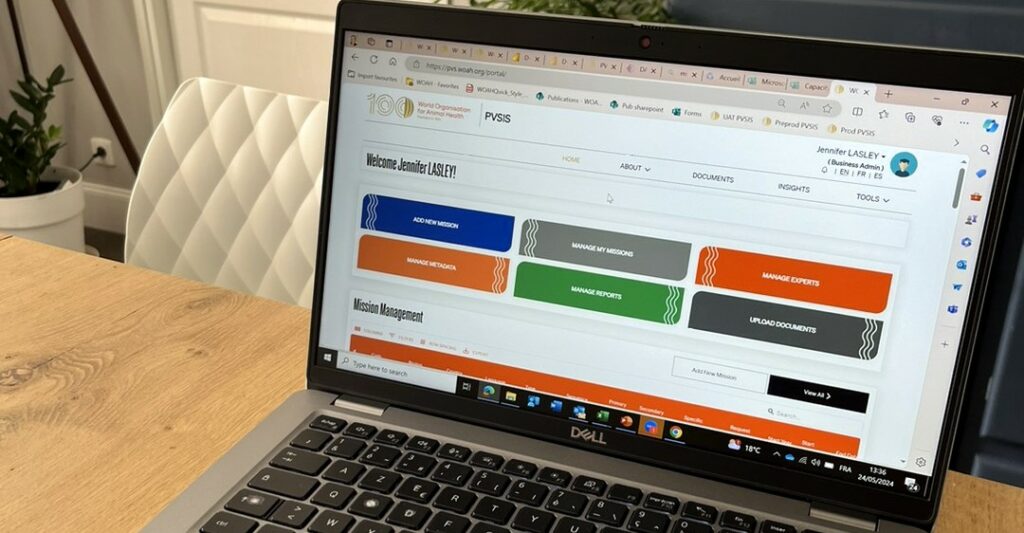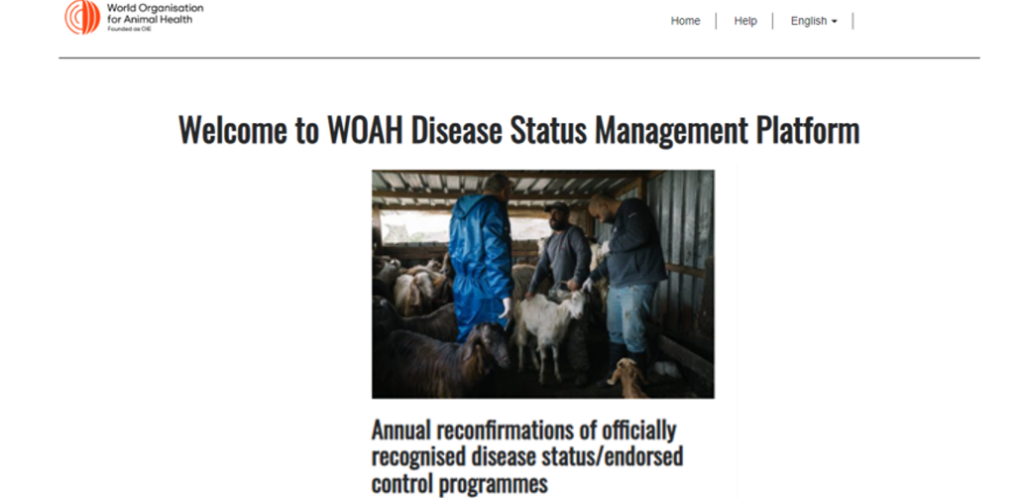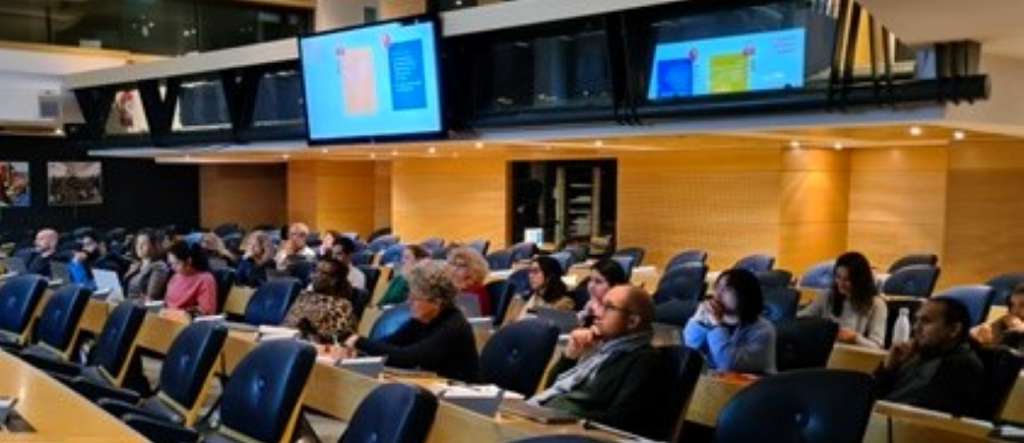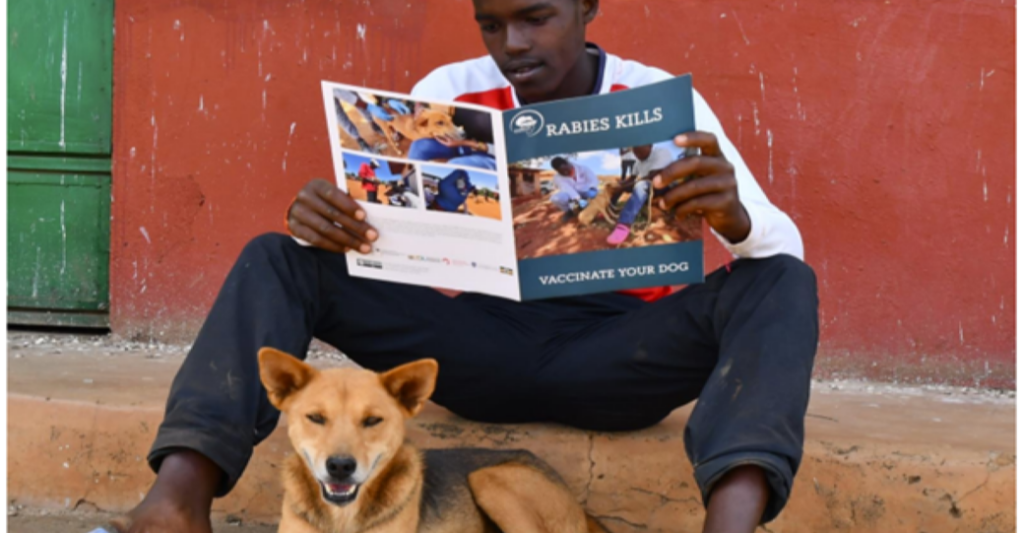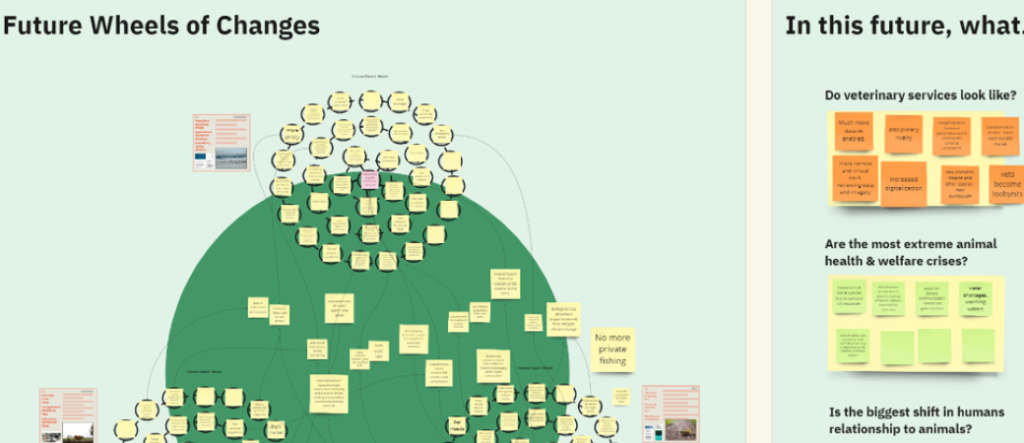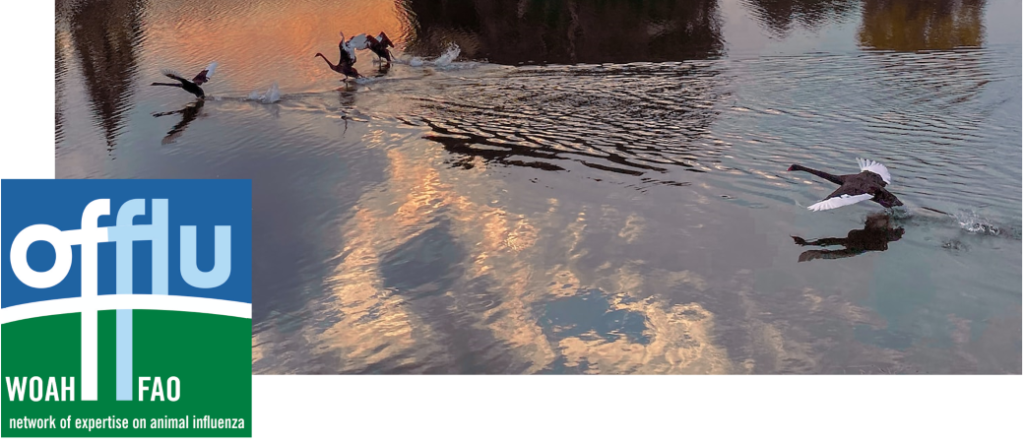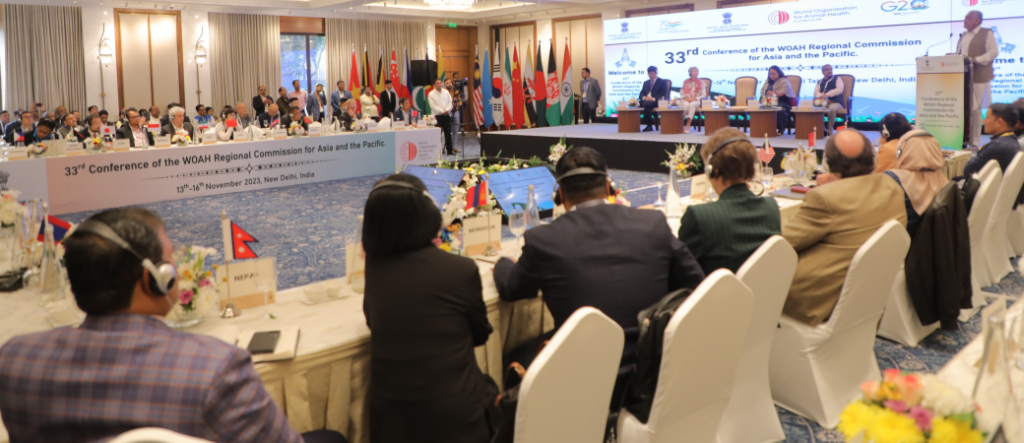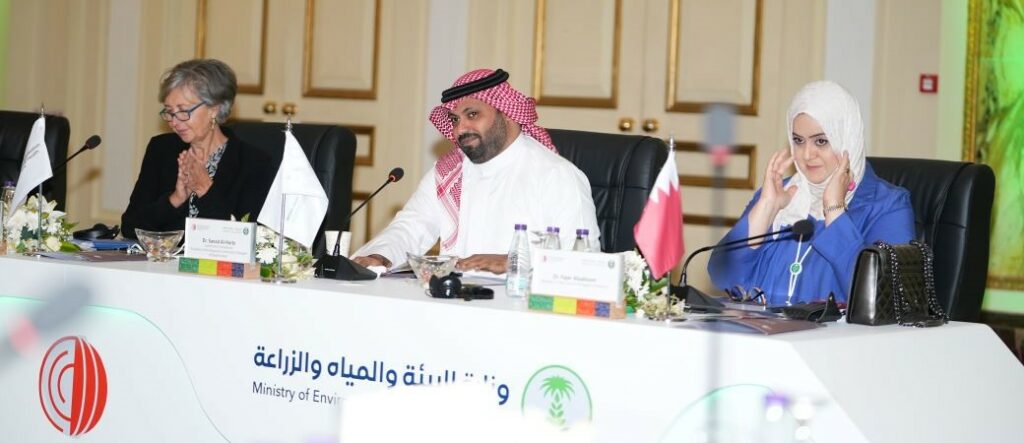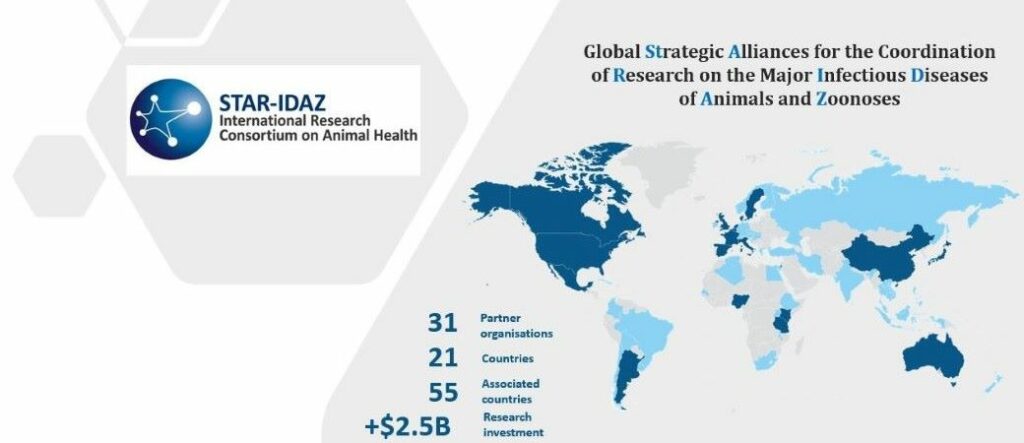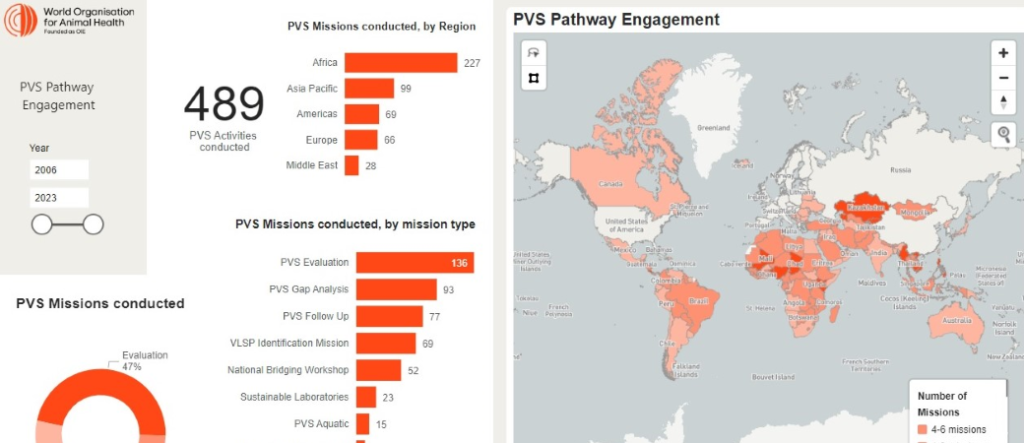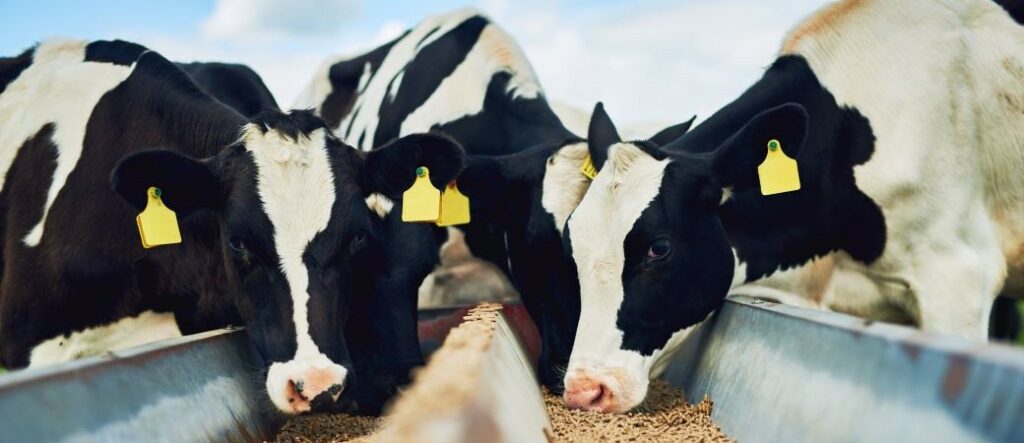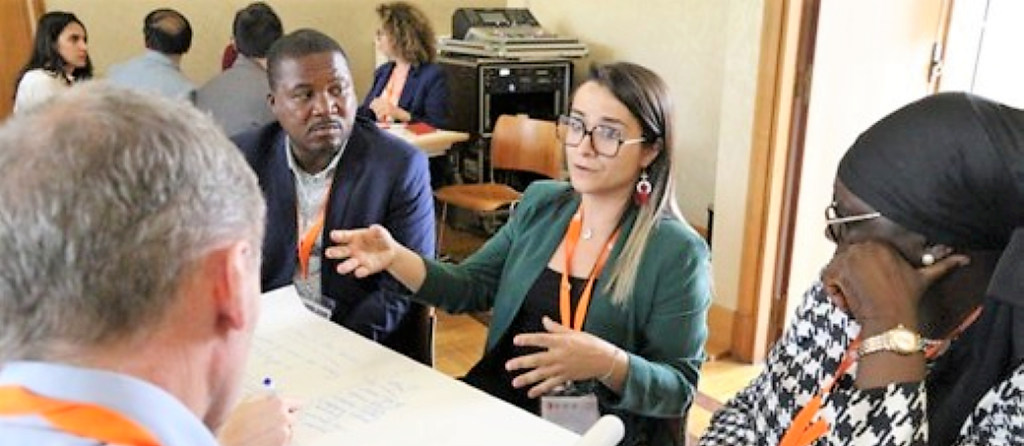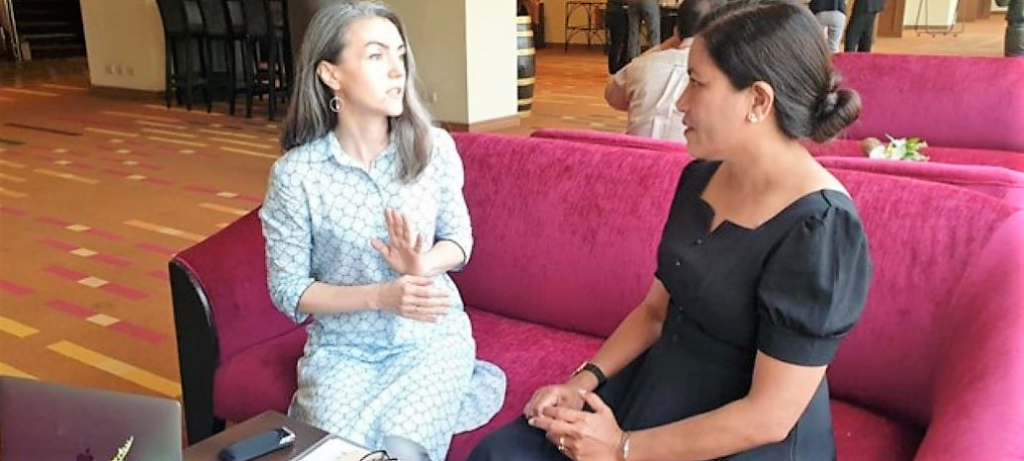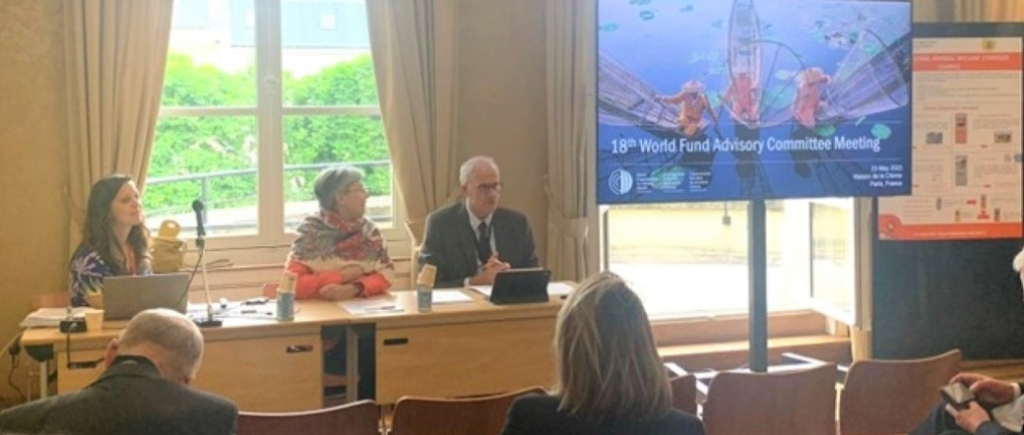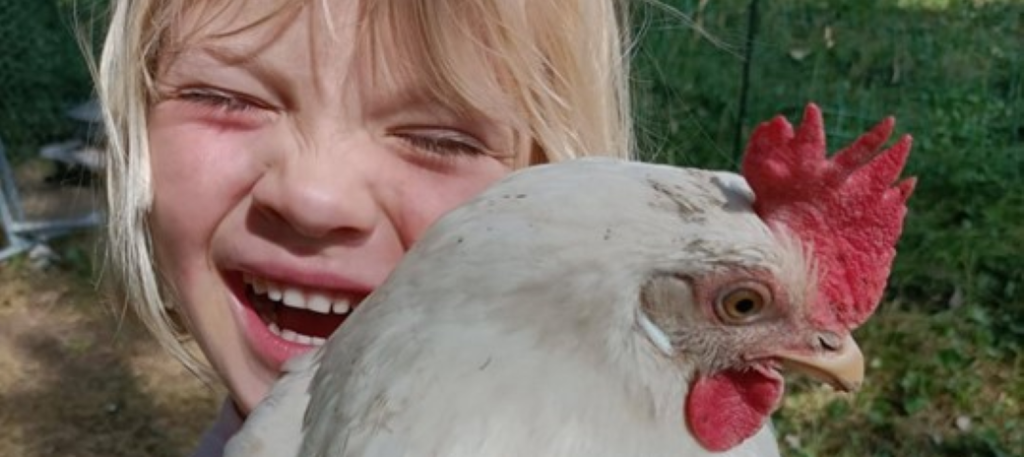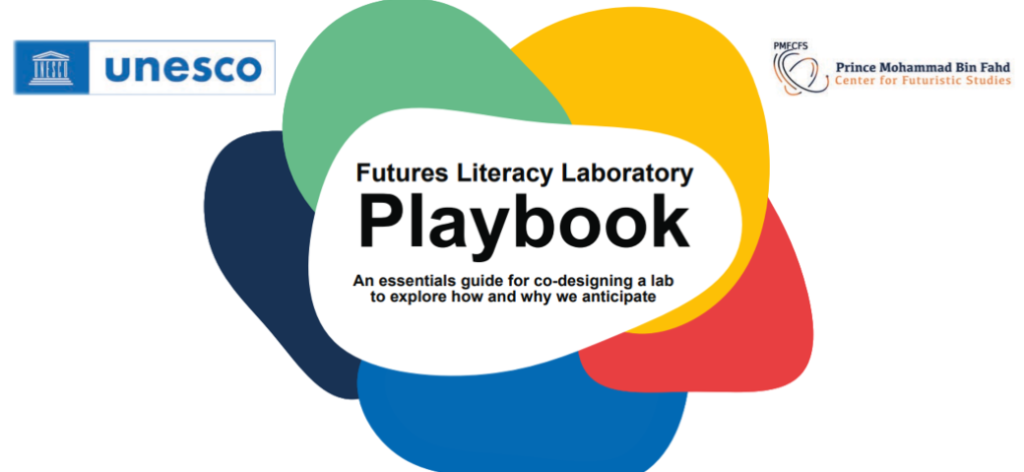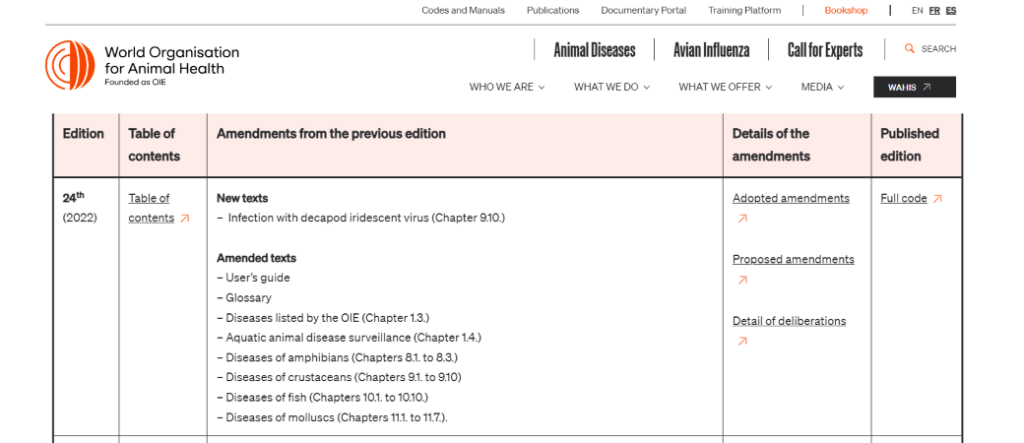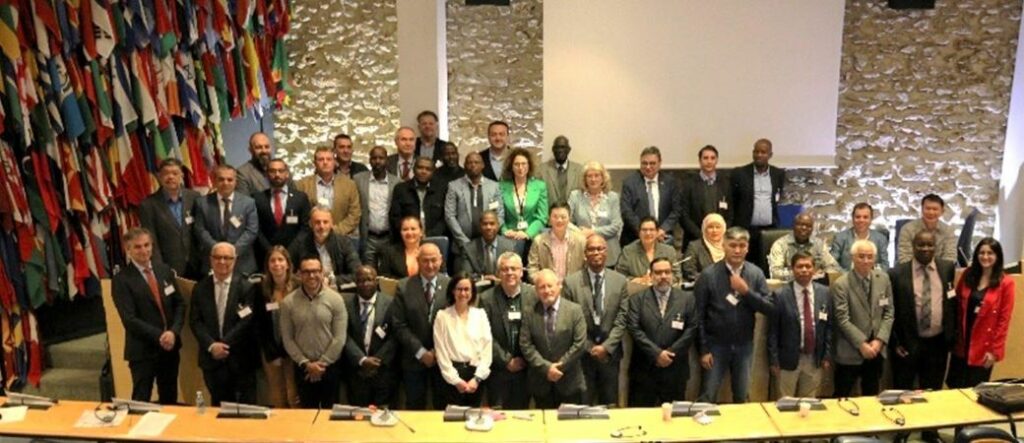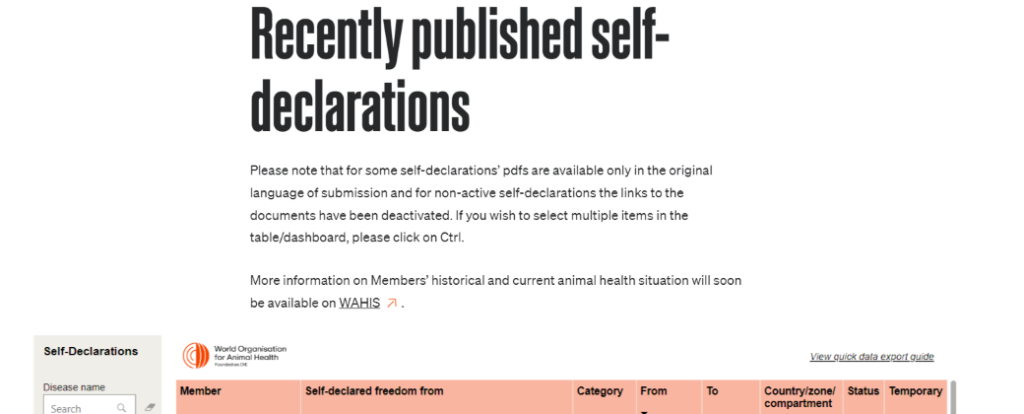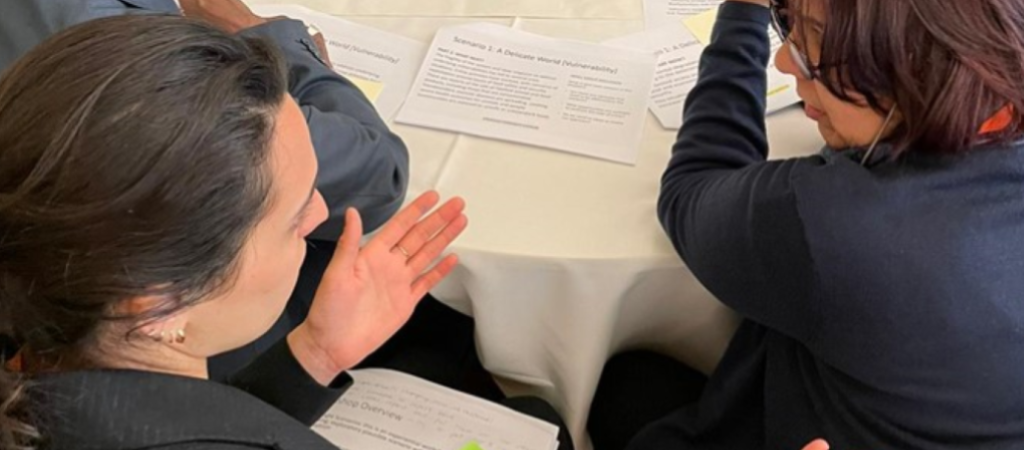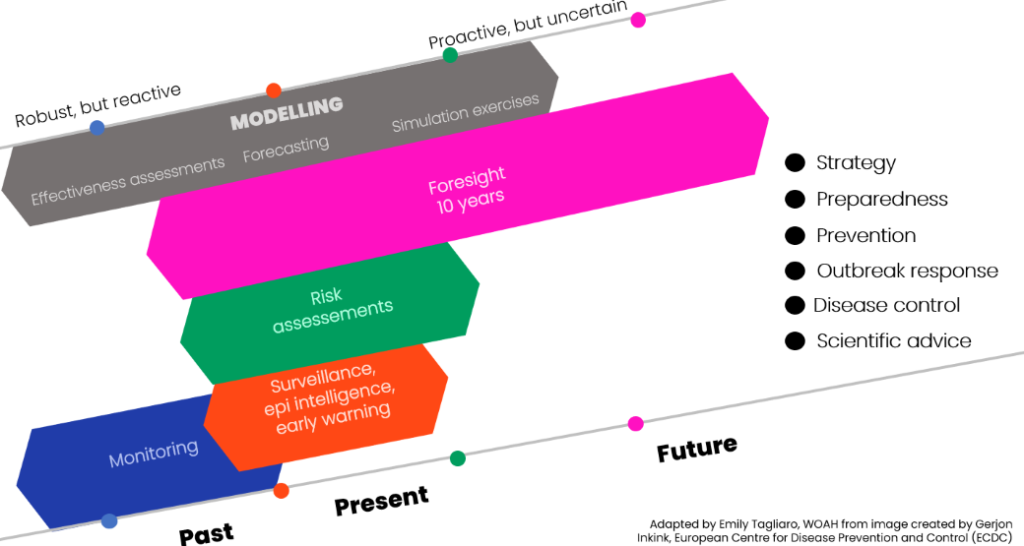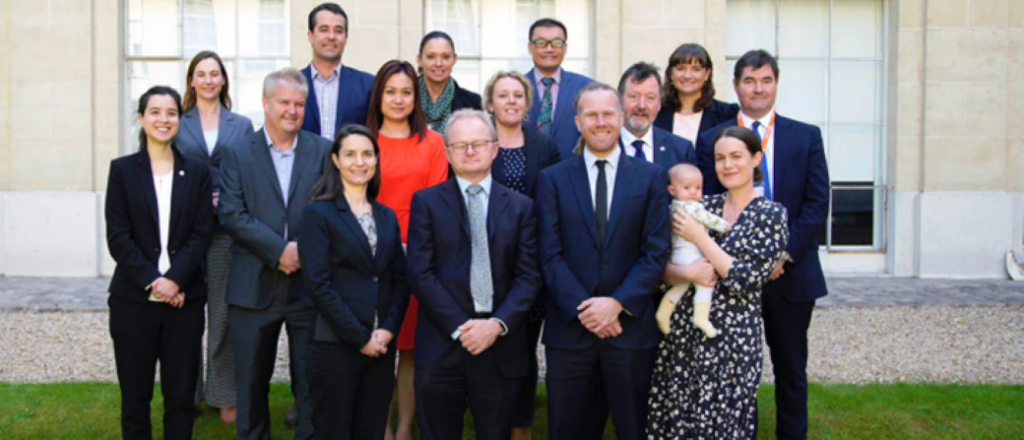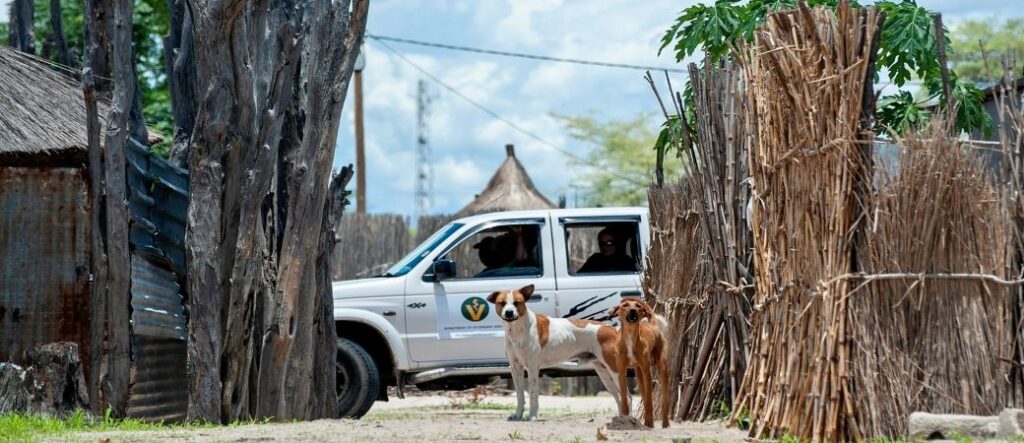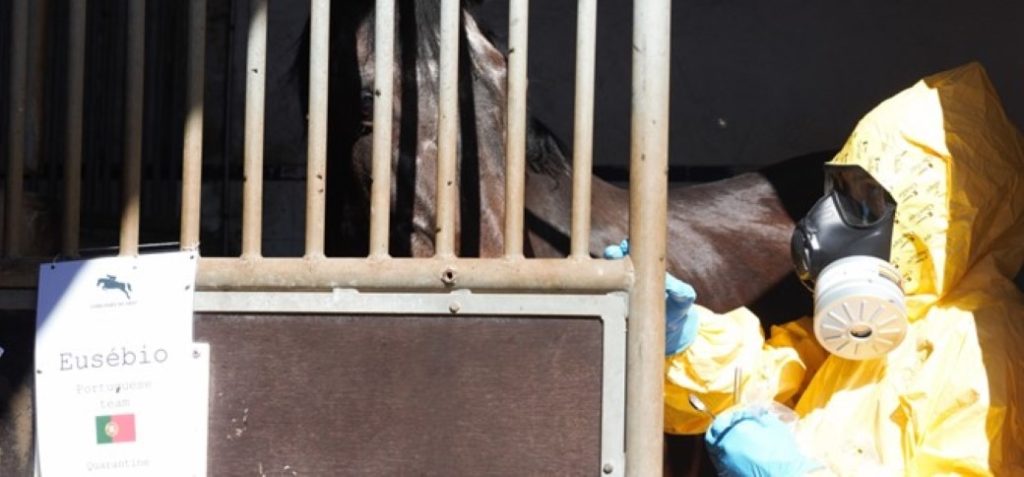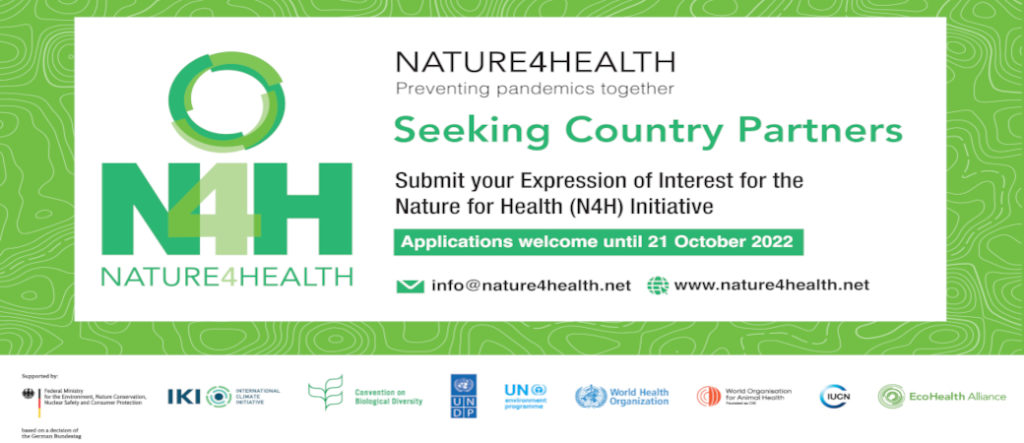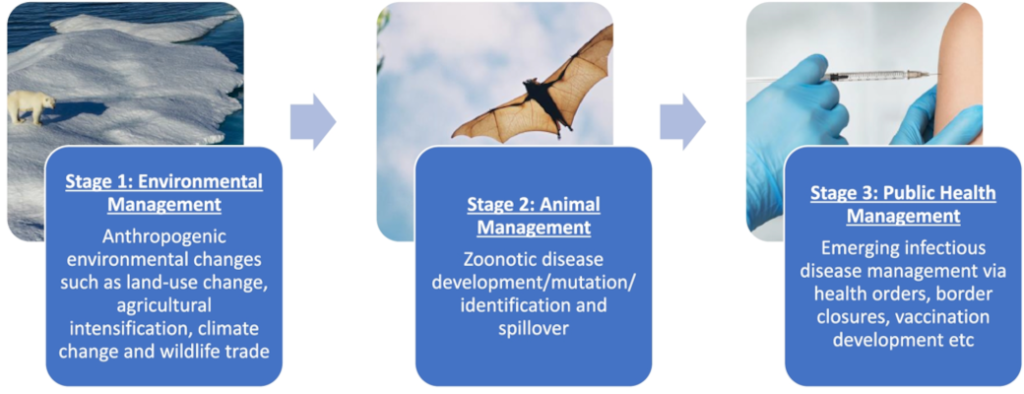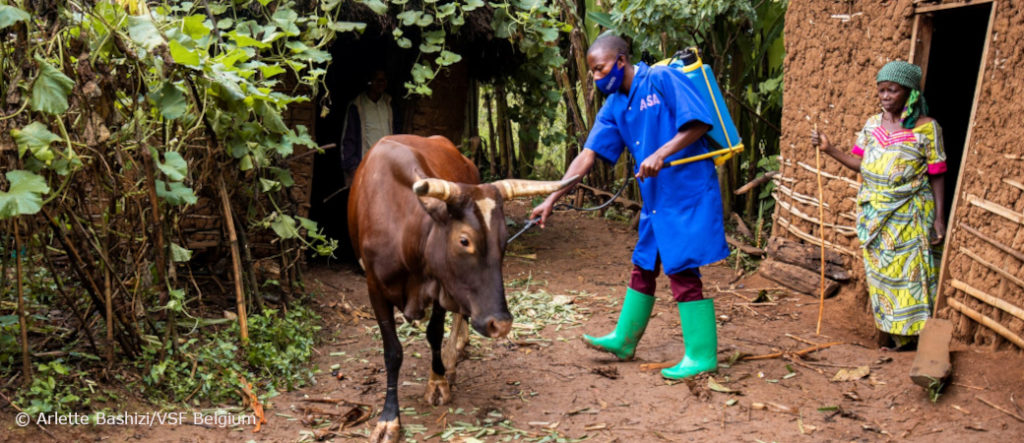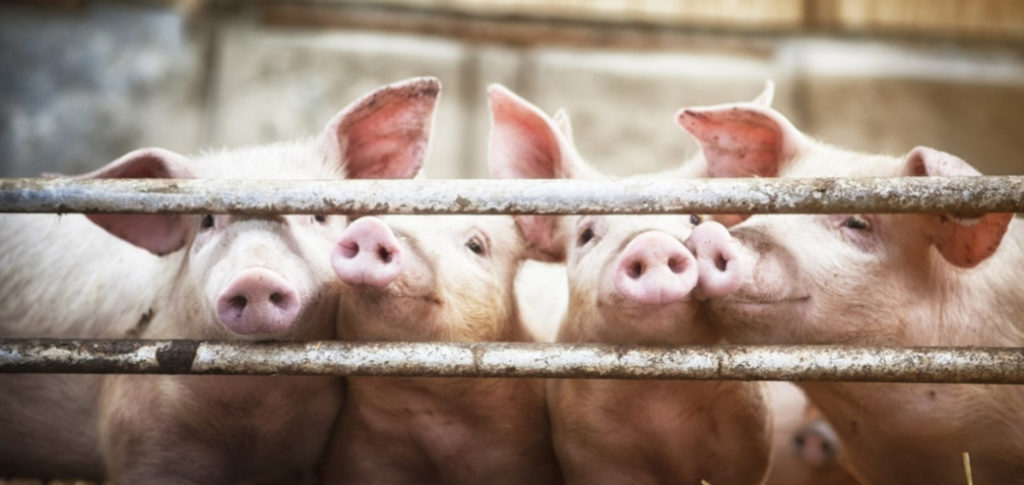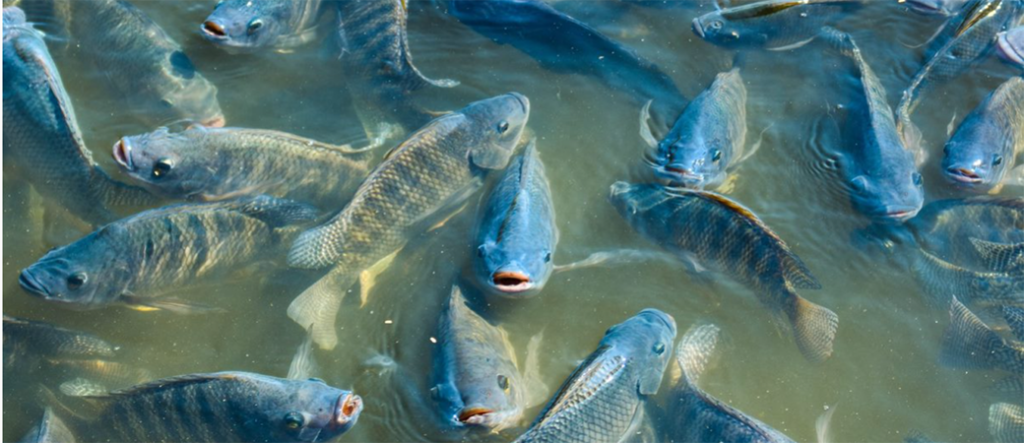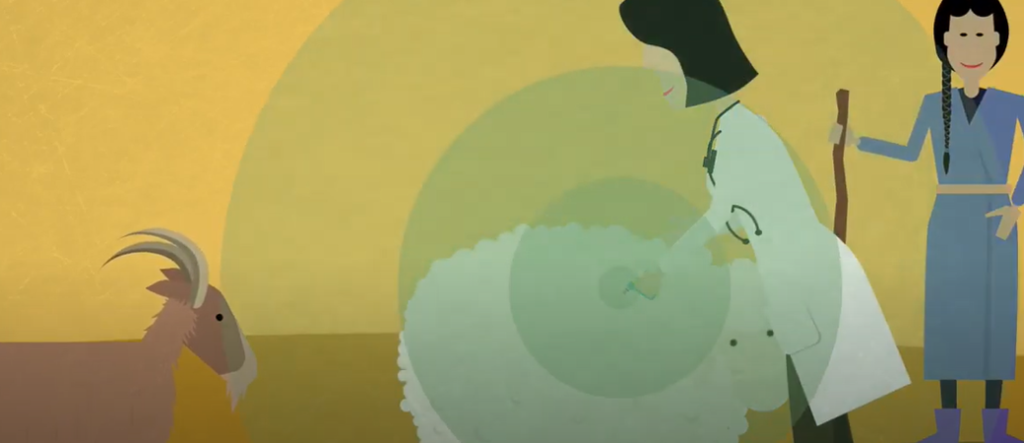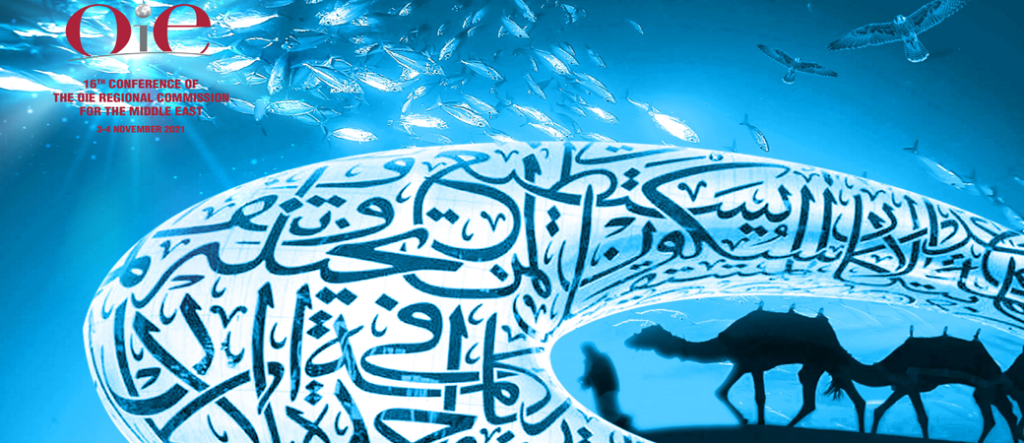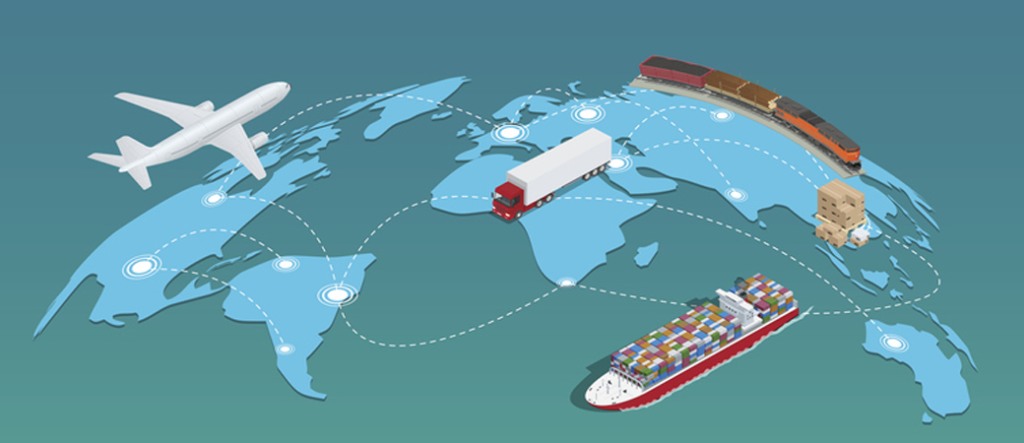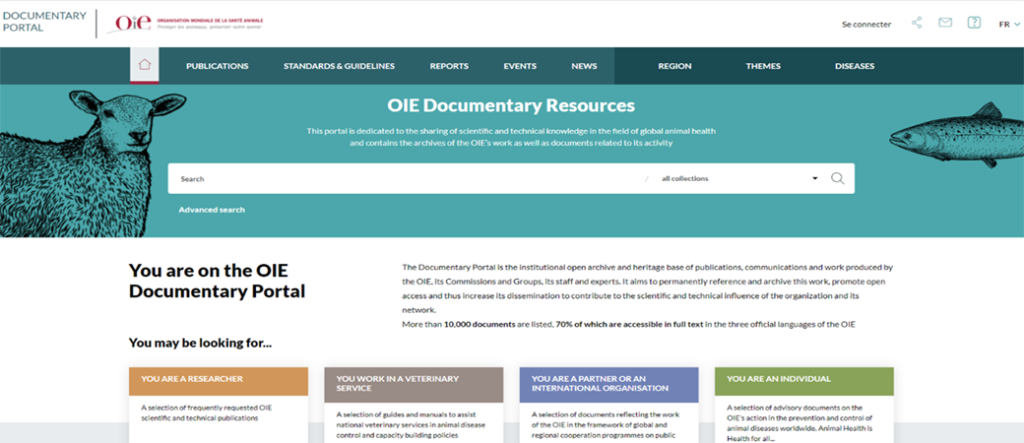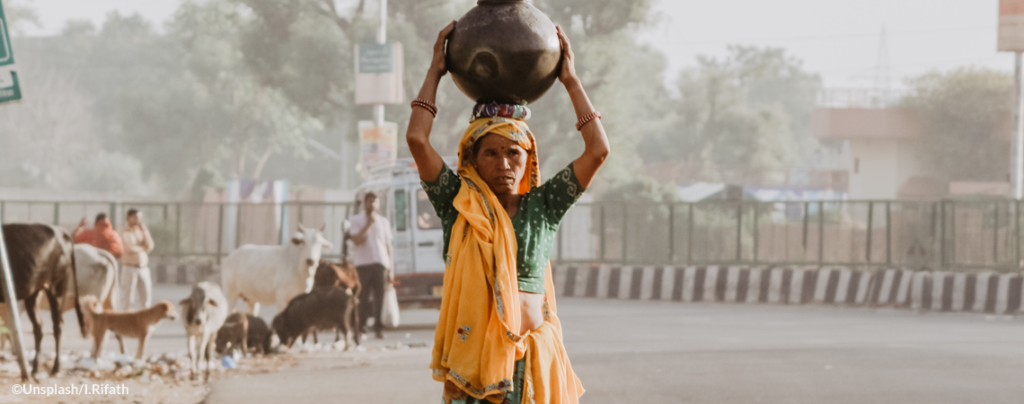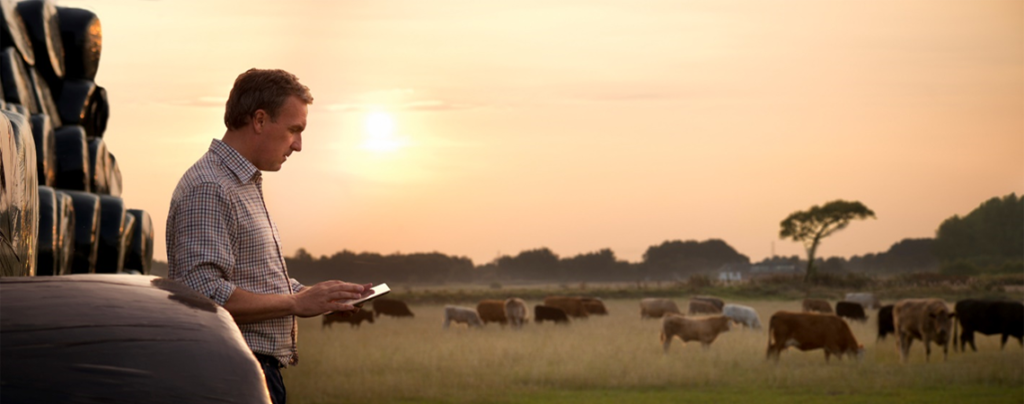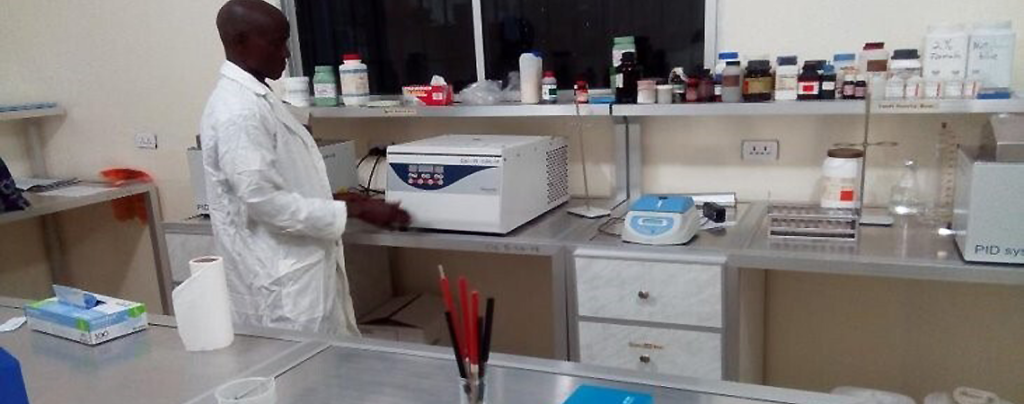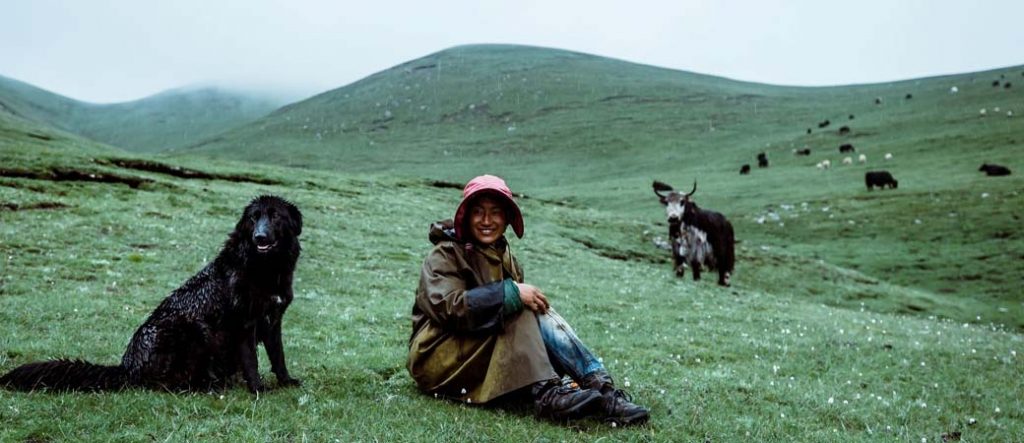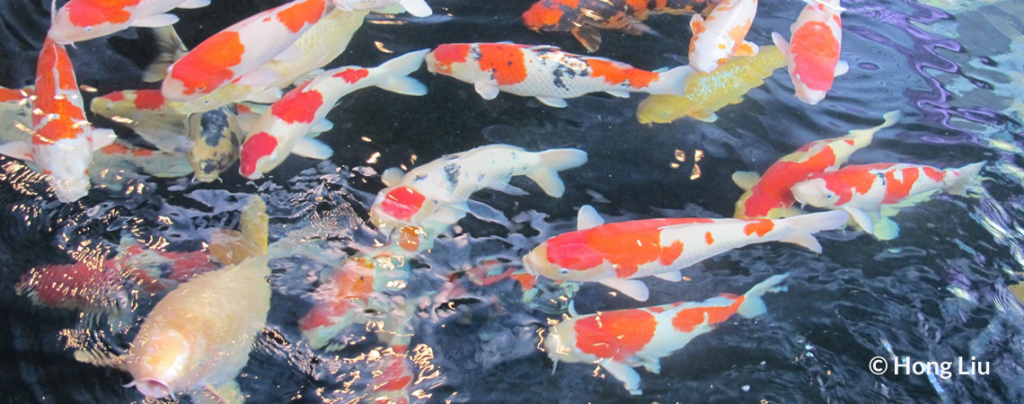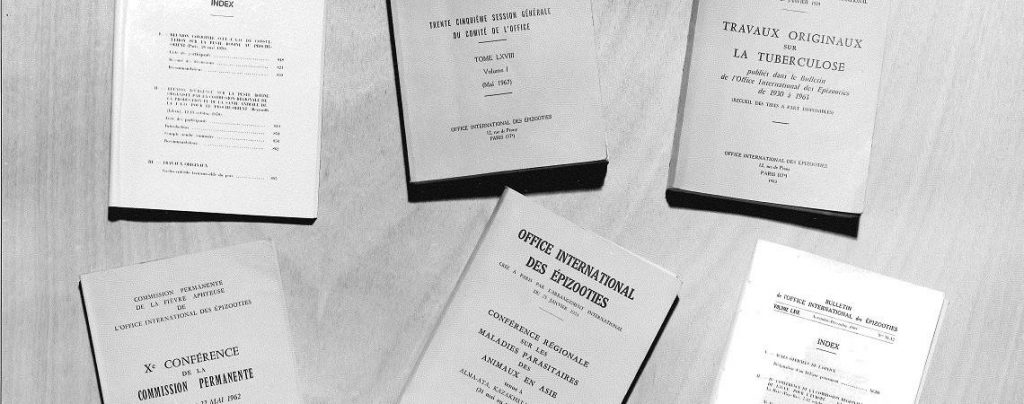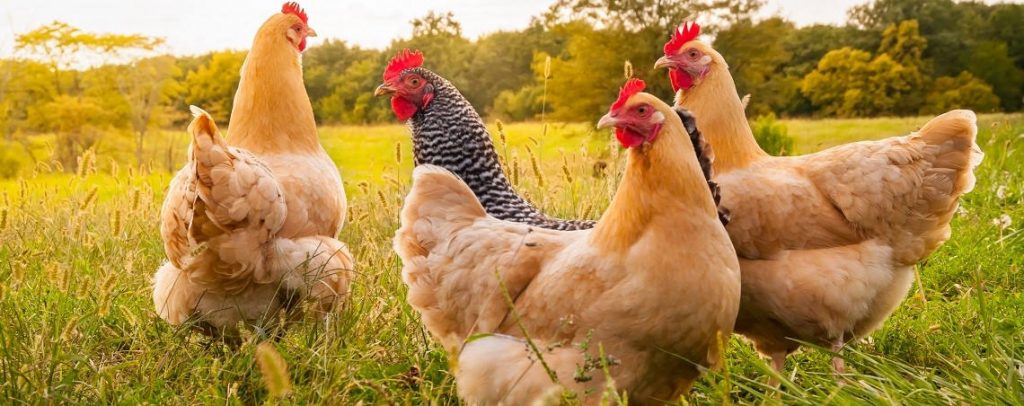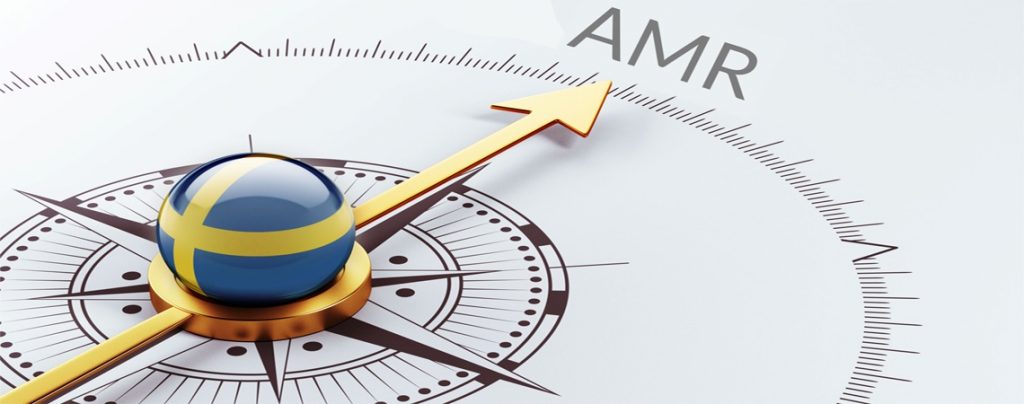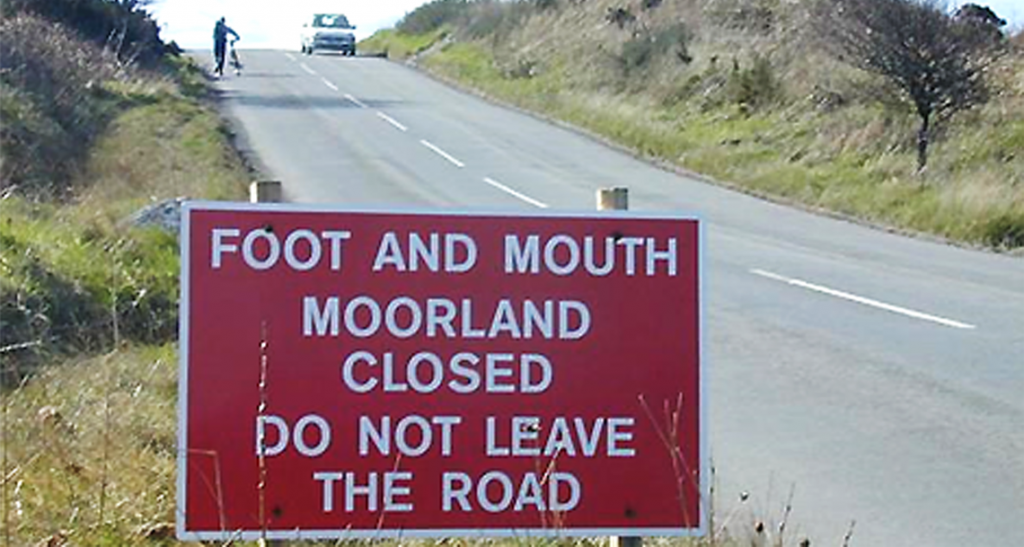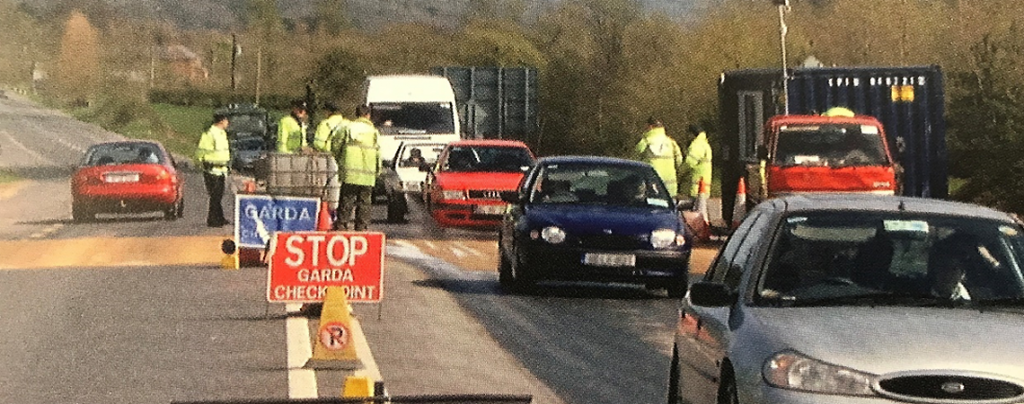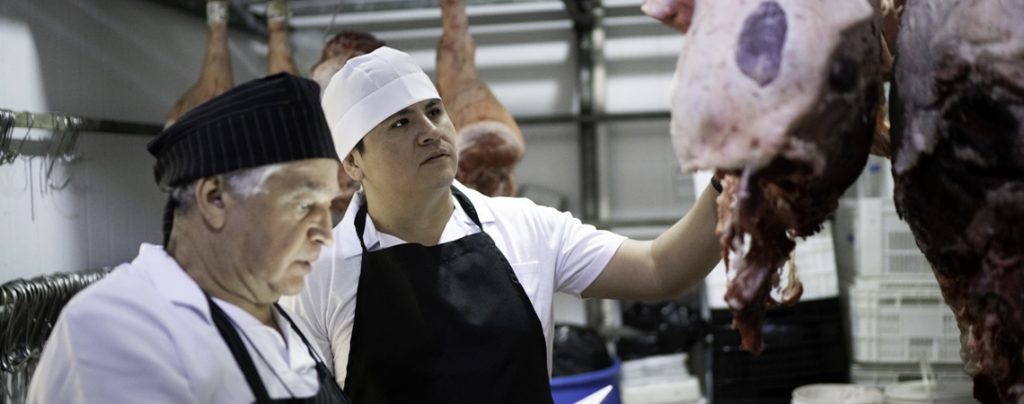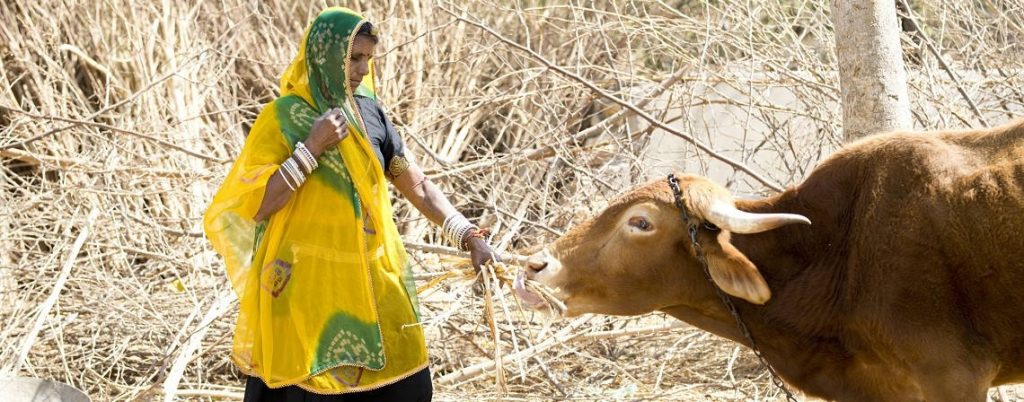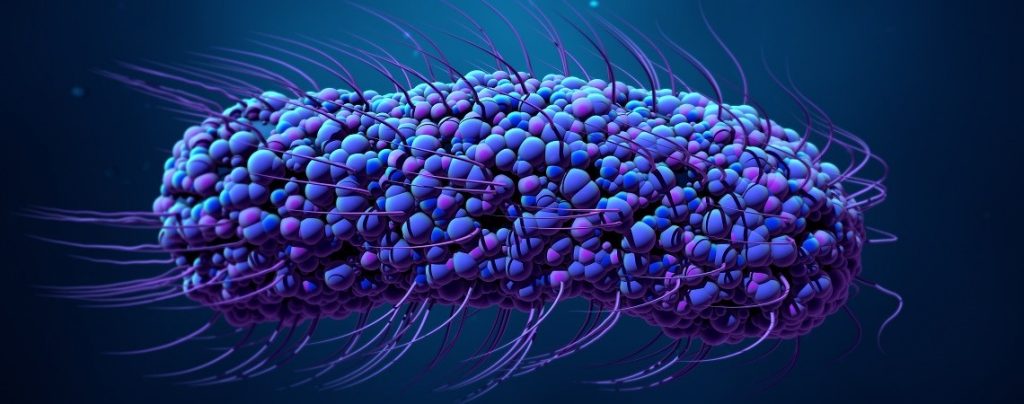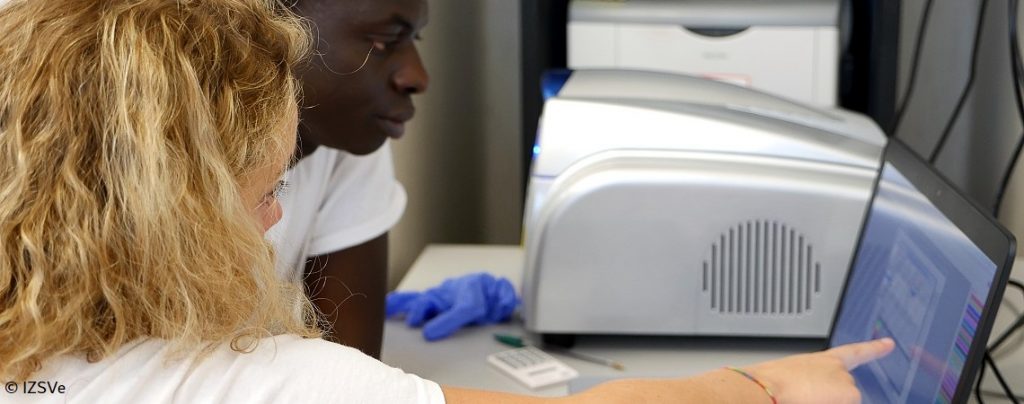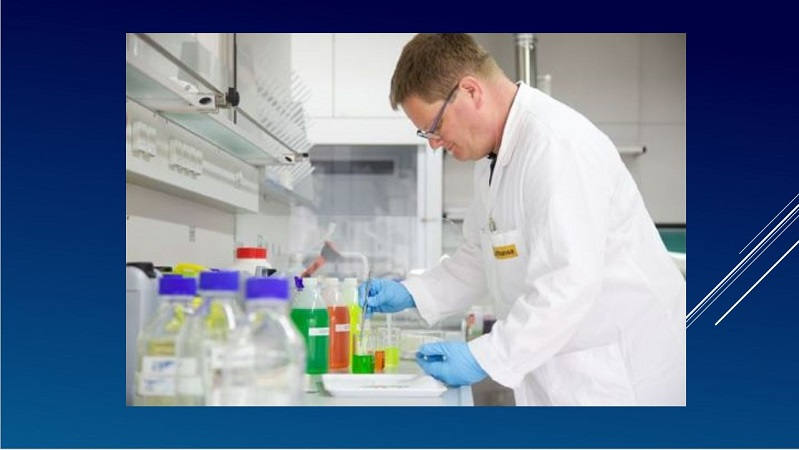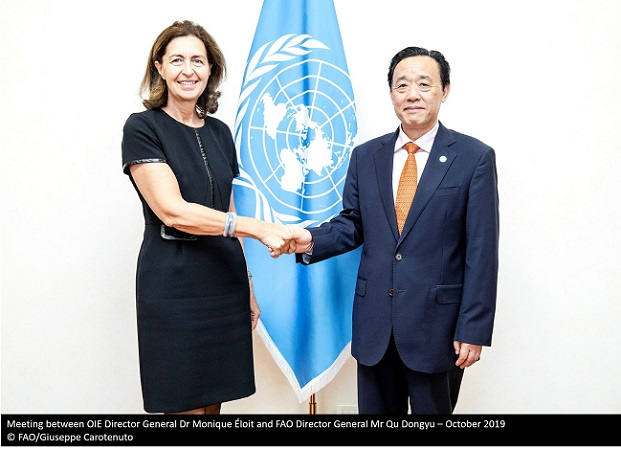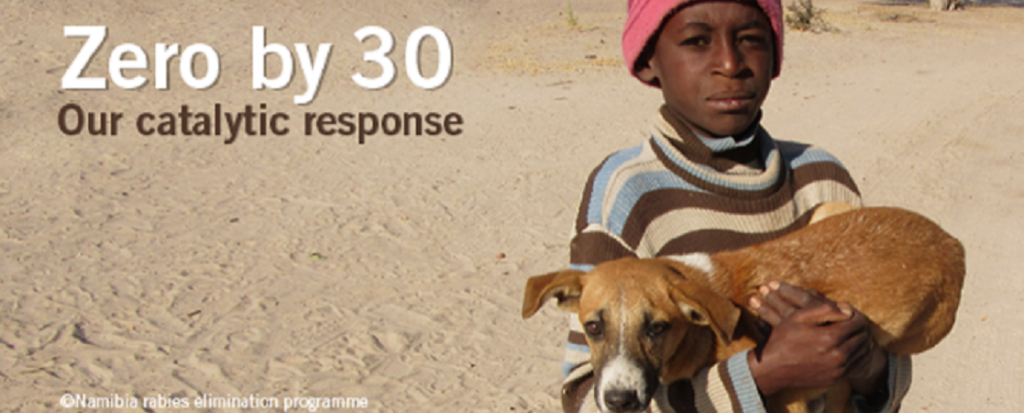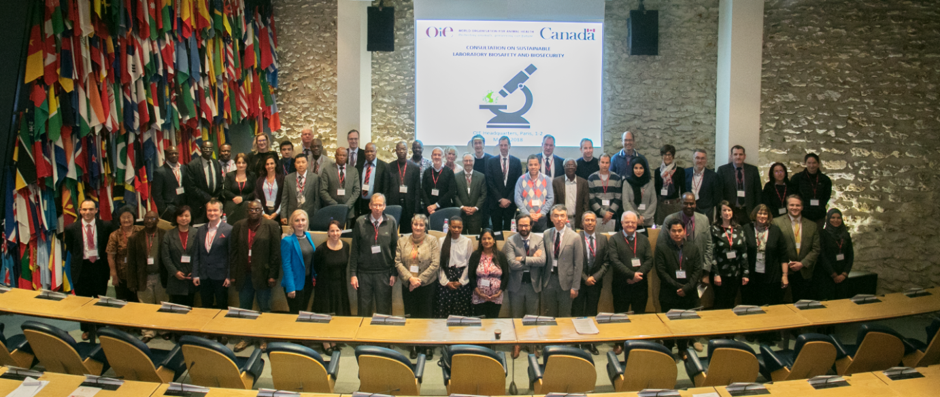CONTINUOUS INFORMATION Posted on 2024-09-25 16:44:42
Advancing Community Animal Health Workers
Keywords
WOAH Competency and Curricula Guidelines for Community Animal Health Workers (CAHWs): updates, launch webinars and the next steps
The World Organisation for Animal Health is pleased to present the WOAH Competency and Curricula Guidelines for Community Animal Health Workers (CAHWs). These guidelines will serve to enhance CAHWs skills, effectiveness and their proper integration within the veterinary workforce. This initiative aims to strengthen Veterinary Services, especially in rural and underserved areas, by ensuring that CAHWs are well-equipped to provide essential animal healthcare.
With this new initiative, there are more novelties in the pipeline from WOAH and its partners, Vétérinaires sans Frontières International and the Ohio State University. To disseminate these updates globally, WOAH will host three launch webinars in English, Spanish and French. Do you want to know more? Keep reading and register for our dedicated webinars in the links available in this article!
Enhancing CAHWs’ participation with newly published guidelines
The recent publication of the WOAH Competency and Curriculum Guidelines are a significant step in empowering CAHWs. In countries and regions where veterinarians and veterinary paraprofessionals are in short supply, CAHWs can play a crucial role in safeguarding animal health in remote, rural and resource-limited areas, often serving as the first line of defense against disease outbreaks.
By offering competency-based curriculum guidelines, WOAH aims to professionalise and standardise the competencies required of these workers, allowing them to better serve their communities and contribute to broader public health goals.
The main objective of these guidelines is to provide guidance on the training of CAHWs to ensure their core competencies so that their communities have confidence in their abilities and the Veterinary Services has a basis for assessing their qualifications. As such, the guidelines help to promote the acceptance and use of CAHWs as an important cadre for the delivery of animal health services.
Access the English version of the guidelines. NB: the French and Spanish versions are in the process of being published.
Launch Webinars: Reaching Global Audiences
To promote these guidelines, WOAH will host three launch webinars in English, Spanish, and French. These webinars will be crucial in disseminating the good news to a diverse and global audience. The multilingual approach allowed stakeholders from various regions to access the information in their preferred language, ensuring better comprehension and engagement.
During the webinars, experts from WOAH will outline the importance of CAHWs and the content of these guidelines, explaining how the new competencies would enhance the work of CAHWs in real-world scenarios.
Register for the WOAH Guidelines for Community Animal Health Workers Webinar:
- 22 October, 09:00 (CEST), in English, register here
- 22 Octubre, 15:00 (CEST), en español, regístrese aquí
- 23 octobre, 12:30 (CEST), en français, inscrivez-vous ici
Next Steps for WOAH and CAHWs
Following the launch of the CAHWs guidelines, WOAH is focused on the next steps of this project.
- A guide for trainers of CAHWs is in the process of being developed. This material is crucial because it ensures standardised training that equips CAHWs with essential skills for animal care. It will be useful to maintain consistency across different regions and contexts and will ensure that trainers are well-prepared to support CAHWs in ongoing education and career development.
- Our partner Vétérinaires sans Frontières International (VSF-Int) has finalised the creation of a Handbook for planning and managing CAHWs programmes. This product will be launched in the upcoming weeks and will be useful to provide a broader picture of what is necessary to ensure the
quality and sustainability of CAHW activities beyond the WOAH guidelines. - Finally, the objective of Phase Two of this project will be to develop an online tool for the use and uptake of the WOAH Competency and Curricula guidelines by target audiences, most notably CAHW training institutions as well as statutory bodies that might certify CAHWs. This tool will be developed by the Ohio State University by October 2025 and will allow CAHWs trainers to assess the alignment of their courses with the WOAH competency framework and identify gaps and strengths.
The WOAH guidelines for CAHWs marks the third phase of WOAH’s commitment to develop competency and curriculum guidelines for the key cadres of veterinary personnel that contribute to the performance of Veterinary Services. The Guidelines for veterinarians were developed in 2012-2013 and the Guidelines for Veterinary Paraprofessionals in 2018-2019. This overall effort underscores WOAH’s recognition that well-trained personnel are essential to the effective and efficient operation of national Veterinary Services.
More information
Guidelines for Community Animal Health Workers, Bulletin article
Contact: Capacity Building Department (capacity.building@woah.org)
Photo: ©FAO





